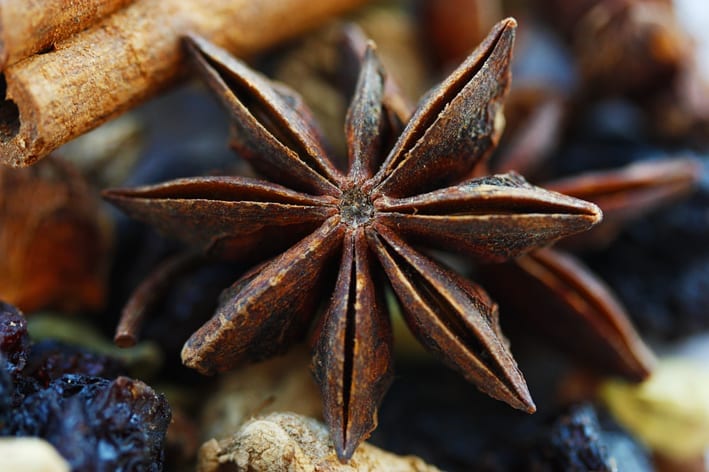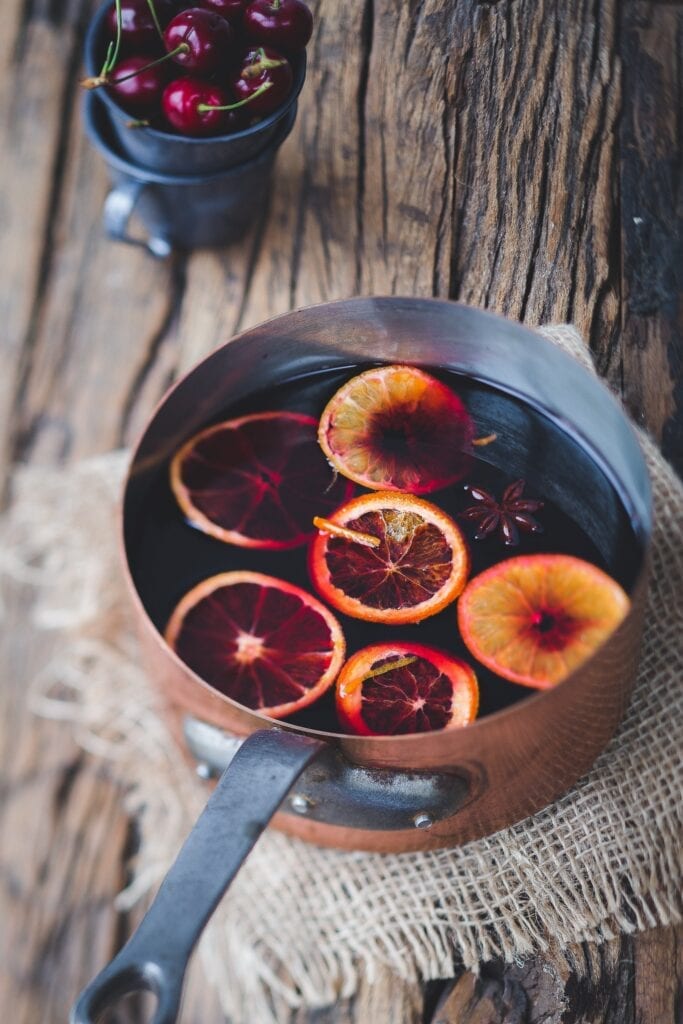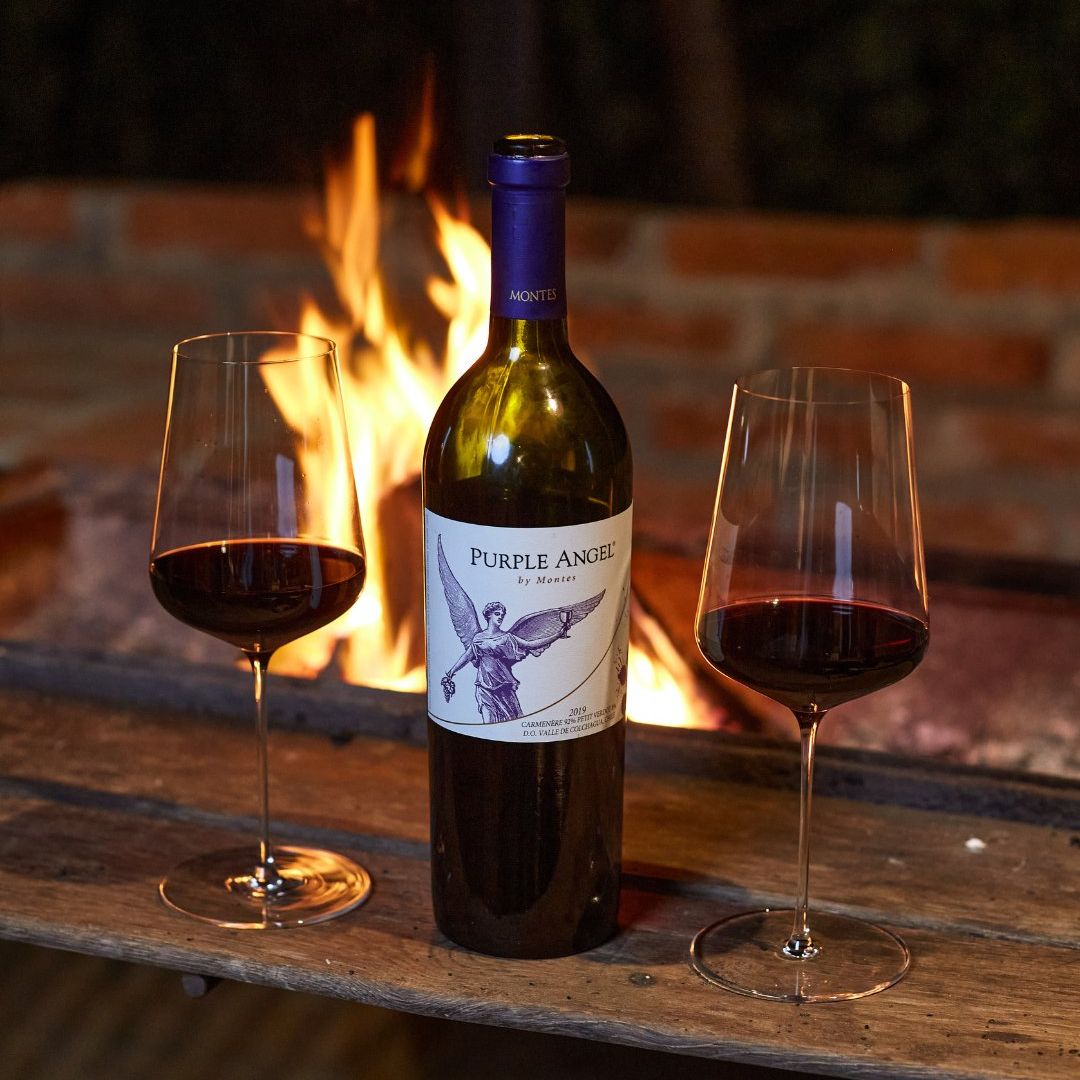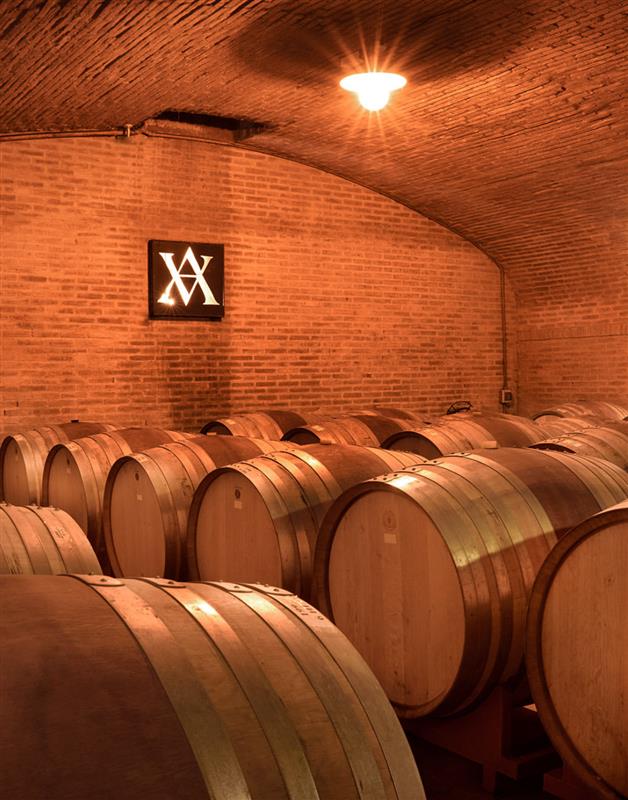People have been wrapping their cold hands around hot mugs of mulled wine for as long as we’ve craved comfort drinks—that is to say, for centuries. It is a beloved tradition that transcends countries, cultures, and even times like these when the holidays look a little different than normal. Whether you’re cozy at home or sitting under a heat lamp in below-freezing temperatures, mulled wine will put a glow on your cheeks.
What Is Mulled Wine?
The tradition of spicing and heating wine can be traced through the ages and across continents. It begins in ancient Greece with “hippocras,” which was red or white wine steeped in a mixture of spices, sometimes warmed, and likely used as a fortifying sort of tonic or digestif. Ancient Romans played an important part in spreading their versions of mulled wine throughout Europe, and it took on various names and recipes over the centuries. Today, you can find glühwein in Germany, vin brulé in Italy, vin chaud in France, glögg in Sweden, and dozens of other variations around the world.
As varied as the names for mulled wine around the globe are, they all have a few things in common: the wine is often fortified with a strong liquor, the spices are “warm” like clove, cinnamon, and star anise, it may be citrusy, and it will definitely be sweetened—and, everyone agrees it’s the coziest holiday drink there is.

What kind of wine should you use?
To make mulled wine, opt for a fruity red that is not the $60 Napa Cab on your shelf. The spices and sweetness will cover up nuances and complexities, so get something on the less expensive side that you nevertheless wouldn’t mind drinking on its own. Check out what a reader asked Vino Joe for a more in-depth analysis here:
What Wine Type For Mulled Wine?
Below is a classic recipe. Adjust the ingredients according to taste or enjoy it just the way it is. A note: many recipes call for the addition of brandy, but the added spices and flavor of Port wine give it a delicious boost.
Recipe for Mulled Wine

Ingredients:
- 2 bottles of fruity red wine (we recommend St. Francis Sonoma County Merlot)
- 220 gr / 7 oz / slightly less than 1 cup sugar
- 1 organic lemon
- 1 organic orange
- 1-2 star anise
- 8 cloves
- 2 sticks cinnamon
- Pinch of nutmeg
- 1.5 cups Tawny or Ruby Port (we recommend Fonseca Bin No.27 for a Ruby, and Croft Reserve Tawny)
Instructions:
Peel the skin from the orange and lemon. Combine the fruit skin, spices, sugar, and just enough wine to cover the sugar in a saucepan. Heat the wine to boiling and stir constantly until it becomes a syrup; add the rest of the wine and Port win and keep warm (not boiling, so as not to evaporate all the alcohol).
Optional ingredients:
- 1 apple, sliced thinly
- Peel of 1 lime
- 2-3 bay leaves
- 1 vanilla pod
- Pinch of ginger




